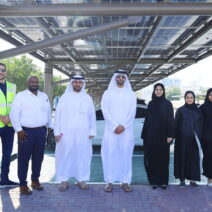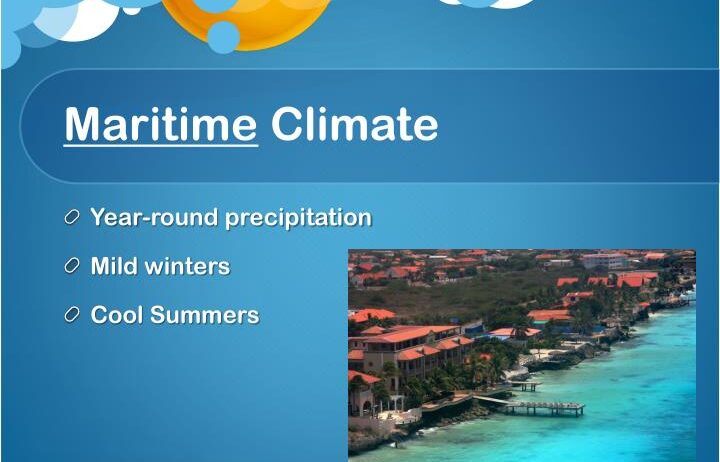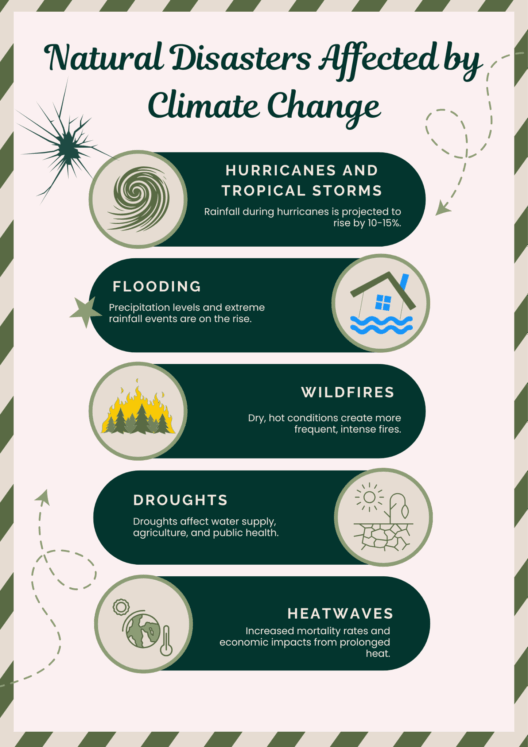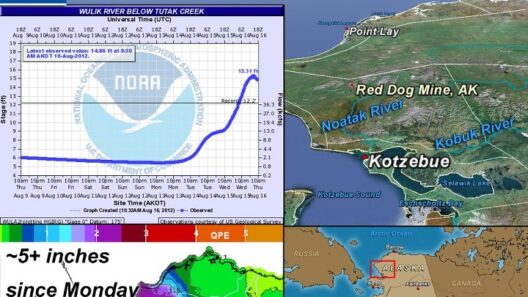What does it mean to live in a maritime climate? Imagine the rhythmic sound of waves lapping against the shore, the scent of salt in the air, and a landscape shaped by both land and sea. This beguiling arrangement of natural forces creates an ecosystem that is just as intriguing as it is challenging. Maritime climates, characterized by their mild temperatures and significant humidity, are primarily found along coastlines, where the ocean exerts a profound influence on weather patterns. However, these regions face distinct challenges that threaten not only the environment but also the socio-economic fabric of coastal communities.
Maritime climates are defined by their stable temperatures and moderate precipitation, which set them apart from continental climates. The proximity to the ocean plays a crucial role in tempering temperature extremes. For instance, winters tend to be milder while summers remain relatively cool compared to inland areas. This phenomenon is largely due to the ocean’s high specific heat capacity, which allows it to absorb and store heat, releasing it slowly. Consequently, coastal regions often enjoy a temperate environment that fosters lush vegetation and diverse ecosystems.
The biodiversity supported by maritime climates is phenomenal. Coastal areas are often home to unique flora and fauna, including salt-tolerant plants like mangroves, which provide crucial habitats for a myriad of marine organisms. These ecosystems are not merely scenery; they are vital for the health of our planet. Coral reefs, coastal wetlands, and estuarine systems play integral roles in carbon sequestration, water purification, and flood mitigation. As stewards of the environment, we must ask: Are we doing enough to protect these invaluable resources?
Yet, alongside this natural bounty comes a series of challenges. Sea level rise, exacerbated by climate change, poses an existential threat to maritime climates around the globe. Many coastal communities are experiencing eroding shorelines and increasing instances of flooding. This situation questions the resilience of human habitats along the coast. Are we prepared to adapt to a rapidly changing environment? The answer is not simple. Coastal planning and infrastructure must evolve to contend with rising waters, a challenge that requires innovation, foresight, and collaboration among various stakeholders.
Additionally, maritime climates are not immune to the negative impacts of human activity. Pollution from various sources, including agricultural runoff and industrial waste, can devastate local ecosystems. The introduction of invasive species, often facilitated by global trade and travel, further jeopardizes native plant and animal populations. These challenges form a delicate balance that stakeholders must navigate. Can we truly balance human advancement with environmental stewardship?
From an economic perspective, maritime climates hold immense potential due to their resources, particularly in terms of fisheries and tourism. The seafood industry thrives in these waters, providing livelihoods for countless individuals. However, overfishing and unsustainable practices threaten this vital economic activity. Striking a balance between exploitation and sustainability is critical. Regulatory frameworks must be put in place and enforced, ensuring that resources are managed responsibly. Here lies a paradox: How do we sustain our economies while safeguarding our ecosystems?
Furthermore, tourism is often touted as a boon for coastal economies, drawing millions eager to experience the beauty of maritime climates. However, uncontrolled tourism can dilute the very appeal that attracts visitors. Overcrowding can damage delicate ecosystems, while increased waste contributes to pollution. Thus, sustainable tourism practices must be prioritized. We should ponder: Is it possible to maintain vibrant tourism while protecting the pristine environments that draw visitors in the first place?
Importantly, the social fabric of coastal communities is intricately tied to the maritime climate. Many cultures, particularly those of indigenous peoples, have thrived in these regions for generations. Their knowledge and practices, honed through intimate interaction with their environment, offer invaluable insights into sustainability. However, as modern pressures mount, traditional ways of life face threats from industrialization and urbanization. In light of this, it is imperative to advocate for the rights and voices of such communities. How can we preserve cultural heritage while ensuring a sustainable future?
Educational initiatives and community engagement are essential for addressing the myriad challenges faced by regions with maritime climates. Informing local populations about the importance of conservation and sustainable practices can cultivate a culture of environmental stewardship. Outreach programs can foster a connection between younger generations and their coastal ecosystems, ensuring that the lessons learned will be passed down. This is not merely education; it is a movement towards cohesive action against ecological degradation.
In conclusion, maritime climates encapsulate a unique intersection of natural beauty, biodiversity, and human existence. Yet, they come with significant challenges that demand our attention. From rising sea levels to economic sustainability, coastal regions require comprehensive strategies that involve collaboration among governments, communities, and individuals alike. The world is watching, and the time for action is now. Are we willing to rise to the occasion? Only through a concerted effort can we hope to preserve these vital ecosystems for future generations while embracing the opportunities they present. Our coastal shores hold more than just picturesque views; they are the front lines of our battle against climate change and environmental degradation.








